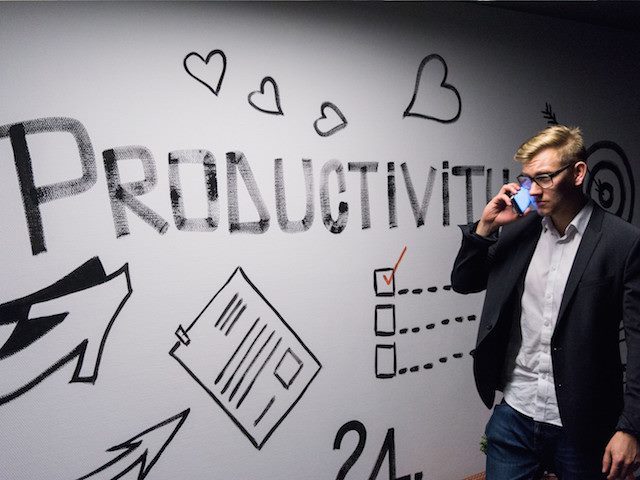
Originally published in CMSwire.
If there’s one thing that’s inescapable at work, it’s metrics. Performance reviews, KPIs, goals, objectives, inputs … you name it, everything we do invariably ends up being measured, with a number or target of some kind assigned to it.
However, the zeal with which some go about measuring (or trying to measure) all aspects of what we do — including what effect various tools and technologies have on our work — can be a fool’s errand, where simple answers are hard to come by.
Measuring the Digital Workplace? It’s Complicated
More often than not, much of what many of us do cannot be easily pigeonholed or categorized into a series of neatly organized activities or tasks. The world is so often more complicated, and doesn’t lend itself to simple explanations.
Consider how to measure workplace productivity, a key goal for any type of business and organization. Productivity is the ratio of all the inputs needed to make something (tooling, supplies, raw energy, wages, etc.) against the output that is produced of say, number of cars rolling off a production line per hour.
In service-led industries, where many of us find ourselves using digital workplace platforms (and their related tools), things get trickier. First of all, work involves many complex, overlapping intangible relationships between multiple employees.
Here, productivity is less about producing a physical artifact, and is instead about the combined output produced from all the communication, collaboration and kinds of knowledge and ideas needed to create software, run services, produce content or data. For example, running a services business such as an accountancy consultancy involves a huge variety of processes, activities and tasks all happening at the same time, all of which are often intangible too.
So while a customer might be taken through a number of different stages (depending on if they are new or an existing one), each part of their journey will be supported by myriad calls, meetings, emails and ad-hoc conversations.
Adding up the value of each activity’s contribution towards a customer’s perception of the value they receive from the business becomes a near impossible task. Economists have long struggled with this, especially in service-led industries. They prefer to understand productivity as being multi-factored. It’s a recognition of the many tangible and intangible influences at play that affect output and productivity.
For example, is an organizations’ internal culture conducive to sharing knowledge between teams and departments? Are senior managers setting achievable targets? Do regulations help how everything is conducted? The answers to these and many other intangible influences can adversely affect what gets produced.
Measure the Big Picture and Give Employees Room to Create
As Ryan Fuller of Microsoft wrote in the Harvard Business Review, what really should matter most for managers is to take a step back to quantify how everything works “in aggregate.”
As such, measuring goals like productivity, employee engagement and customer satisfaction only start to make sense from a having wider vantage point. Only from there, can you truly understand what works (or doesn’t) at a business-wide level.
It would be a catastrophic mistake for any business to ignore the impact that its technology, tools, processes have on their employees’ output. It would be like flying a plane without paying attention to any of its controls. It would soon crash.
Nevertheless, much of the work that gets done — especially in service-led industries, that rely on digital workplace platforms (and their related technologies) — is becoming more complicated, interrelated, harder to simply quantify, because of the ubiquity and success of what these tools provide.
Technology in this sense should be thought of in much the same way like the supply of electricity, water or even the fabric of a building: as infrastructure, a fundamental necessity and a business cost.
As such, measuring its impact on any single employee’s productivity is meaningless. Just like having a mobile phone, using Outlook, Word, Slack or Teams are expected prerequisites for doing good work. Take them away and work will become harder to do.
Recognizing the contribution that these technologies make — being both necessary and integral infrastructure — should reduce the need for endlessly measuring everything employees do.
Those businesses that understand the importance of innovation, of finding new ways to invest in their employees’ creativity, will be more concerned with how to exploit the potential from all the tools at their disposal. And those who rely too heavily on measuring everything are inhibiting creativity, and are probably near to running on empty.